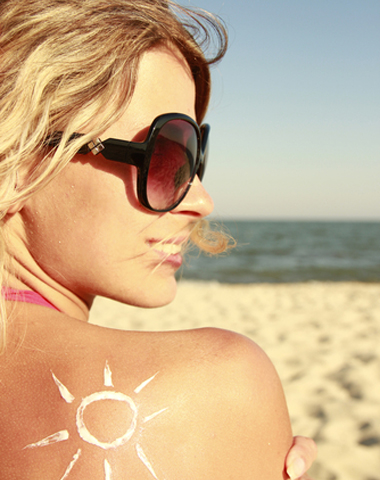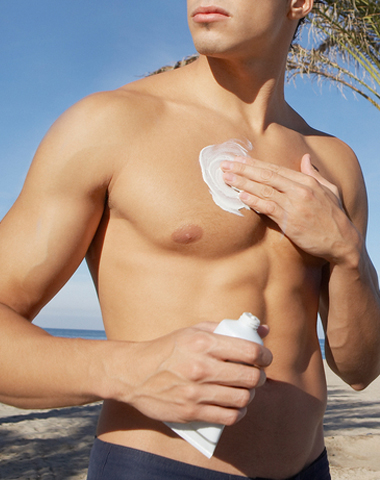Your quickest pick-me-up and health booster may not always come from a bottle. If you live in the part of the world where sunlight is available year round, you are already getting it for free. Aside from enabling people to generate their  own vitamin D, here are daytime exposure’s leading health benefits, some of which you may not have heard of yet.
own vitamin D, here are daytime exposure’s leading health benefits, some of which you may not have heard of yet.
Lowers Blood Pressure Level
Each year, 30 percent of deaths worldwide can be attributed to cardiovascular disease, which is usually linked to high blood pressure. The good news is that blood pressure may be reduced and risk for heart disease may be lowered when skin is exposed to sunlight, according to researchers from the University of Southampton and University of Edinburgh. In a study published in the Journal of Investigative Dermatology, it is shown that when nitric oxide (NO) and its byproducts–which are present in human skin and are known to be associated with regulating blood pressure–are exposed to the sun, some of the NO on the skin gets into the circulatory system, thus effectively dilating the blood vessels and lowering blood pressure. And even as the blood pressure is significantly reduced through NO’s impact on the blood vessels, vitamin D levels generated via sun exposure are not changed.
Helps the Immune System
GeorgetownUniversityMedicalCenter researchers found out that sunlight plays an important role in the human immune system. In a paper entitled “Intrinsic Photosensitivity Enhances Motility of T Lymphocytes” and published in a 2016 issue of the journal Scientific Reports, it is demonstrated that sunlight invigorates T cells to fight numerous infections. Sun rays contain low levels of high-frequency blue light, which can penetrate deep into the dermis, the skin’s second layer. This then energizes and speeds up the movement of the body’s T cells, thereby directly impacting how fast the body responds to the intrusion of pathogens and other infectious elements. This is probably why many people become more susceptible to common illnesses like the common colds during inclement weather.
Boosts Mood
People, who have to endure long winters in northern climates, can lift their mood with daily intake of synthetic vitamin D, according to researchers in the Loyola University Chicago Marcella Niehoff School of Nursing. Meanwhile, bright-light therapy in the morning remains the treatment of choice for sufferers of seasonal depression (SAD). Some bipolar depression patients even benefit from bright-light therapy to ease their symptoms, according to researchers from the University of Pittsburgh School of Medicine’s Western Psychiatric Institute and Clinic.
So, next time you need a fast daytime pick-me-up or stave off a looming panic attack, just walk around the block, where you can breathe in fresh air and savor the energizing sunlight. Just keep in mind that excessive exposure to sunlight is never the ultimate goal because doing so may lead to skin cancer for some susceptible individuals.

 into a welcoming pool in the sweltering heat. We’re talking about tanning! You should be soaking up some sun and getting the best of it before the winter comes to terrorize you with dry skin. Tanning is a welcomed practice, however, we at Rao Dermatology believe everything should be done in a safe and moderate way. The sun, as lovely as it is, is packed with UV Rays that can cause skin cancer and other skin diseases. These tips below will help you practice safe tanning so you can feel comfortable and look radiant while you enjoy your summer.
into a welcoming pool in the sweltering heat. We’re talking about tanning! You should be soaking up some sun and getting the best of it before the winter comes to terrorize you with dry skin. Tanning is a welcomed practice, however, we at Rao Dermatology believe everything should be done in a safe and moderate way. The sun, as lovely as it is, is packed with UV Rays that can cause skin cancer and other skin diseases. These tips below will help you practice safe tanning so you can feel comfortable and look radiant while you enjoy your summer.
